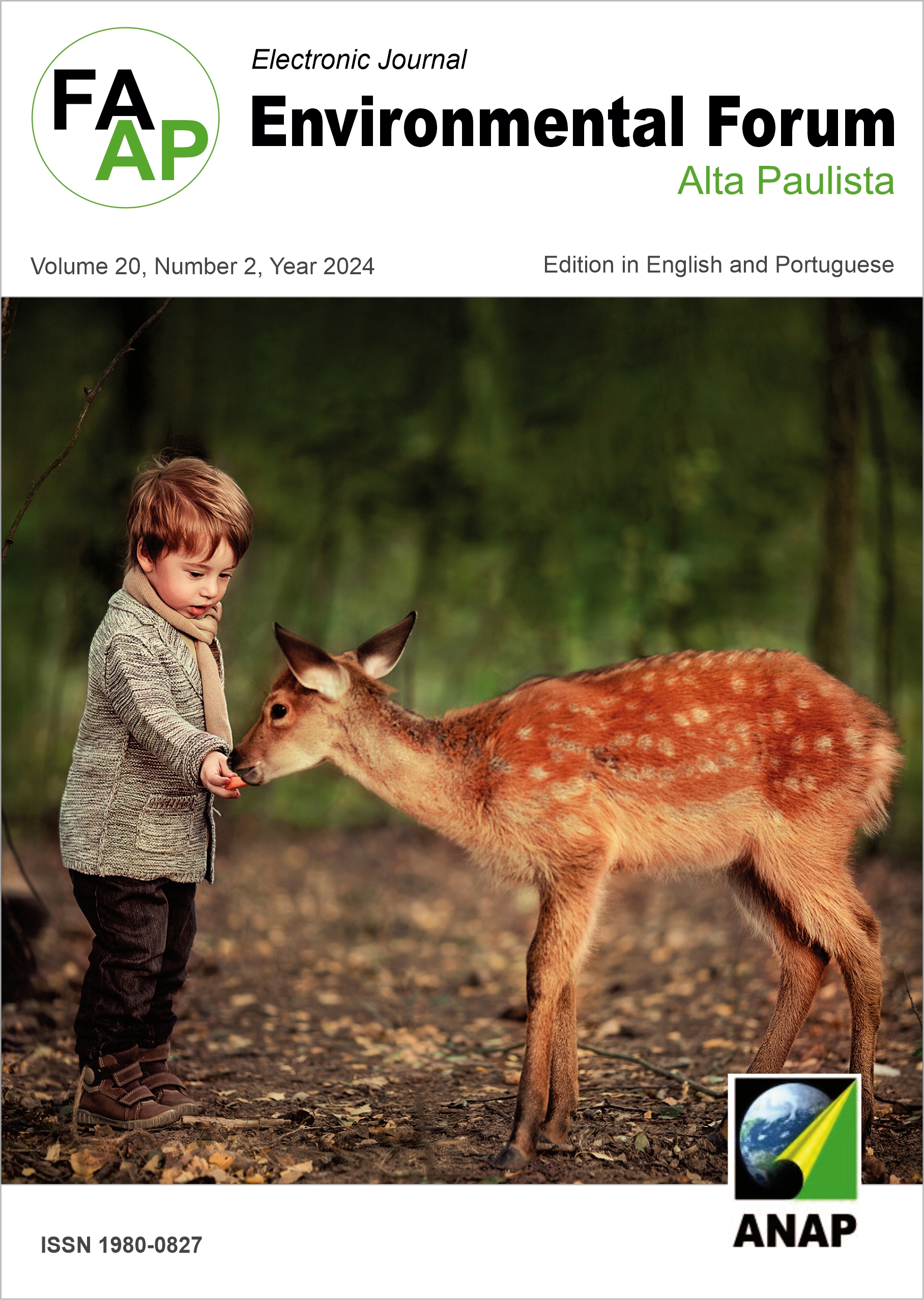The environmentally sustainable performance of siphonic rainwater drainage system in large roofs
DOI:
https://doi.org/10.17271/1980082720220244210Abstract
The objective of this article was to describe the performance of the two drainage systems, the Conventional Rainwater Drainage System (SCDAP) and the Siphonic Rainwater Drainage System (SSDAP), in order to differentiate these systems and associate them with environmental sustainability, therefore, evaluating their performance in the dematerialization and flood mitigation of a building. In the process of the bibliographic review for this article, knowledge was obtained that underlies the mitigation of floods and dematerialization, published in scientific journals, books, dissertations, theses and electronic network, from 1982 to 2023. The study was carried out using the international standards in force, ASPE 45:2018, BS 8490:2007 and VDI 3806:2000. Although the siphonic rainwater drainage system has completed approximately 50 years since its development, in Brazil it is still not very widespread, hence the relevance of the photographic data presented and analyzed by the authors. The dematerialization based on the calculation of the length and weight in the collector pipes and downpipes of the rainwater drainage system of a building allows carrying out a design exercise in which it can be concluded that there was a reduction in weight, energy consumption and emission of carbon dioxide from SSDAP in HDPE compared to SCDAP, both in PVC and HDPE.
Downloads
Downloads
Published
Issue
Section
License
Copyright (c) 2024 Periódico Eletrônico Fórum Ambiental da Alta Paulista

This work is licensed under a Creative Commons Attribution-NonCommercial-ShareAlike 4.0 International License.












